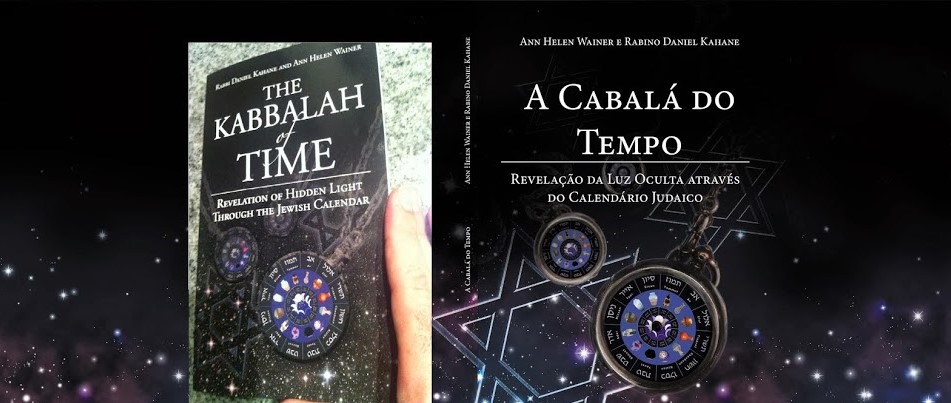There are 8 acrostic psalms in Tanach. Chapter 119 has eight verses for each letter. Furthermore, the last chapter of the Book of Proverbs is also an acrostic. It is known as Eshet Chayil (the woman of valor) and said to be composed by Abraham, our Patriarch, in honor of Sarah.
1
|
Psalm 9-10
|
1st Cycle
|
Jehoiarib
|
11:35
PM
|
Three weeks from Selichot
to Sukkot
|
2
|
Hezir
|
11:47
PM
|
|||
3
|
Psalm 25
|
2nd Cycle
|
Harim
|
11:59
PM
|
Three weeks from Sukkot
to Cheshvan
|
4
|
Happizzez
|
12:11
AM
|
|||
5
|
Psalm 34
|
3rd Cycle
|
Malchijah
|
12:23
AM
|
Three weeks from Cheshvan
to Rosh Chodesh Kislev
|
6
|
Pethahiah
|
12:35
AM
|
|||
7
|
Psalm 37
|
4th Cycle
|
Hakkoz
|
12:47
AM
|
Three weeks from Rosh
Chodesh Kislev to Chanukah
|
8
|
Jehezkel
|
12:59
AM
|
|||
9
|
Psalm 111
|
5th Cycle
|
Jeshua
|
1:11
AM
|
Three weeks from Chanukah
to Mid-Tevet
|
10
|
Jachin
|
End of 2nd Watch (2/3) (1:23 AM)
|
|||
11
|
Psalm 112
|
6th Cycle
|
Eliashib
|
1:35
AM
|
Three weeks from Mid-Tevet to
Yud Shvat
|
12
|
Gamul
|
1:47
AM
|
|||
13
|
Psalm 145
|
7th Cycle
|
Huppah
|
1:59
AM
|
Three weeks from Yud Shvat to
Rosh Chodesh Adar
|
14
|
Delaiah
|
2:11
AM
|
|||
15/16
|
Proverbs 31:10-31 (Eshet Chayil)
Psalm 119
|
8th Cycle
|
Bilgah
Maaziah
|
End of 3rd Watch (3/4) 2:23 AM
2:35 AM
|
Three weeks from Rosh Chodesh
Adar to 24th of Adar
|
17
|
Psalm 119 (1)
|
Jedaiah
|
2:47
AM
|
Three weeks from 25th
of Adar to Pessach
|
|
18
|
9th Cycle
|
2:59
AM
|
|||
19
|
Psalm 119 (2)
|
Seorim
|
3:11
AM
|
Three weeks from Pessach to 9th
of Iyar
|
|
20
|
10th Cycle
|
3:23
AM
|
|||
21
|
Psalm 119 (3)
|
Mijamin
|
3:35
AM
|
Three weeks from 10th
of Iyar to 2nd of Sivan
|
|
22
|
11th Cycle
|
3:47
AM
|
|||
23
|
Psalm 119 (4)
|
Abijah
|
3:59
AM
|
Three weeks from 3rd
of Sivan to 24th of Sivan
|
|
24
|
12th Cycle
|
4:11
AM
|
|||
25
|
Psalm 119 (5)
|
Shecaniah
|
4:23
AM
|
Three weeks from 25th
of Sivan to 16th of Tammuz
|
|
26
|
13th Cycle
|
4:35 AM
|
|||
27
|
Psalm 119 (6)
|
Jakim
|
Alot Hashachar (dawn) 4:47 AM
|
Three weeks from 17th
of Tammuz to Tisha B’Av
|
|
28
|
14th Cycle
|
4:59
AM
|
|||
29
|
Psalm 119 (7)
|
Jeshebeab
|
Earliest Shmah,Talit & Tefilin 5:11 AM
|
Three weeks from 10th
of Av to Rosh Chodesh Elul
|
|
30
|
15th Cycle
|
5:23 AM
|
|||
31
|
Psalm 119 (8)
|
Immer
|
5:35 AM
|
Three weeks from 2nd of Elul to 23rd of Elul
|
|
32
|
16th Cycle
|
5:47 AM
|
[Another idea would be to add Chapters 1 through 4 of the Book of Lamentations, which are also in acrostic form. The first verse starts with an Alef, the second with a Bet, etc. Chapter 5 has 22 verses, but is not in alphabetical order. All but one chapter is composed of 22 verses. Instead of 22 verses, Chapter 3 has 66, 3 x 22. Chapter 1 of Nachum appears to have at least half an acrostic, the other half hidden within the text. Counting Chapter 3 of Book of Lamentations three times, and Psalm 119 eight times times there are a total of 24 texts that are composed in acrostic fashion, 16 of which are from the Psalms and Proverbs and 8 of which are from Lamentations and Nachum. We split the year in two halves, the first for the Psalms and Proverbs (16), and the second for Nachum and Lamentations (8). This parallels the guards of Elazar and Ithamar in the times of King David. There were 24 families – 16 for Elazar and 8 from Ithamar. In the times of Aharon, it used to be split exactly in half, 8 for each. We therefore join 2 of Elazar for every 1 from Itamar.]
